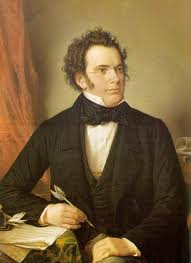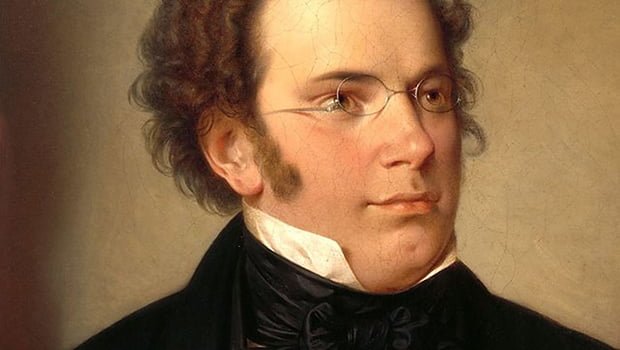The History of “Die Schöne Müllerin”, D 795 by Franz Schubert
Franz Schubert’s song cycle “Die Schöne Müllerin” (The Fair Maid of the Mill), D 795, stands as one of the most significant works in the history of German Lieder (art songs). Composed in 1823, this cycle is a cornerstone of Romantic vocal music and remains a central work in the repertoire of singers worldwide.
The Origin and Literary Inspiration
The inspiration for “Die Schöne Müllerin” came from the poetry of Wilhelm Müller (1794–1827), a German poet who was also known for his collection of poems “Winterreise” (Winter Journey), which Schubert would later set to music in another iconic song cycle.
Müller’s poetry for “Die Schöne Müllerin” was published in 1820 as part of his volume “Sieben und siebzig Gedichte aus den hinterlassenen Papieren eines reisenden Waldhornisten” (Seventy-Seven Poems from the Posthumous Papers of a Traveling Horn Player). The poems tell the story of a young, wandering miller who falls in love with the beautiful daughter of a mill owner, only to have his heart broken when she favors a huntsman over him.
Schubert’s Creative Process
Schubert composed “Die Schöne Müllerin” in the autumn of 1823, during a challenging period in his life. At the time, he was battling serious health problems and was likely already suffering from the effects of syphilis. Despite his physical and emotional turmoil, Schubert remained highly productive.
The cycle consists of 20 songs, each meticulously crafted to reflect the emotional journey of the protagonist—from hope and joy to jealousy, despair, and ultimately resignation. Schubert’s settings capture the innocence, naivety, and heartbreak of the young miller, drawing on the natural imagery of flowing water, green meadows, and woodland scenes to mirror the emotions of the story.
Structure and Musical Style
“Die Schöne Müllerin” is written for voice and piano, with the piano playing a crucial role in illustrating the psychological and emotional landscape of the narrative. The piano accompaniment often depicts flowing water (symbolizing both the brook that guides the miller and the passage of fate) and other natural elements.
The cycle moves through distinct emotional phases:
- Optimism and Wanderlust: In early songs like “Das Wandern” (Wandering) and “Wohin?” (Where to?), the miller expresses his adventurous spirit and excitement at finding the mill.
- Love and Devotion: As he falls in love with the miller’s daughter, songs like “Am Feierabend” (After Work) and “Der Neugierige” (The Inquisitive One) explore his growing affection and nervous anticipation.
- Jealousy and Despair: When the huntsman appears, bringing with him the dark green color that contrasts with the miller’s idealized “blue,” jealousy takes over. Songs like “Die böse Farbe” (The Hateful Color) and “Eifersucht und Stolz” (Jealousy and Pride) convey the protagonist’s descent into emotional turmoil.
- Tragic Conclusion: The final songs, including “Trockne Blumen” (Withered Flowers) and “Der Müller und der Bach” (The Miller and the Brook), lead to a tragic but peaceful resignation. The brook itself sings a lullaby to the young miller in the concluding piece “Des Baches Wiegenlied” (The Brook’s Lullaby), symbolizing his death and eternal rest.
Premiere and Reception
“Die Schöne Müllerin” was not performed in a single public premiere during Schubert’s lifetime. Instead, individual songs were performed in intimate salon settings. The full cycle gained recognition posthumously, as Schubert’s works became more widely published and appreciated.
One of the first singers to champion the complete cycle was the famous baritone Julius Stockhausen in the late 19th century. Since then, it has been interpreted and recorded by many of the world’s leading singers, including Dietrich Fischer-Dieskau, Fritz Wunderlich, Ian Bostridge, and Matthias Goerne, among others.
Lasting Influence
Today, “Die Schöne Müllerin” remains one of the most performed and recorded song cycles in classical music. It has inspired generations of composers, performers, and music lovers with its emotional depth, vivid storytelling, and Schubert’s incomparable gift for melody and text setting.
Its universal themes of love, longing, nature, and loss continue to resonate, making the cycle not only a landmark of Romantic music but also a timeless exploration of the human heart.


Comments are closed